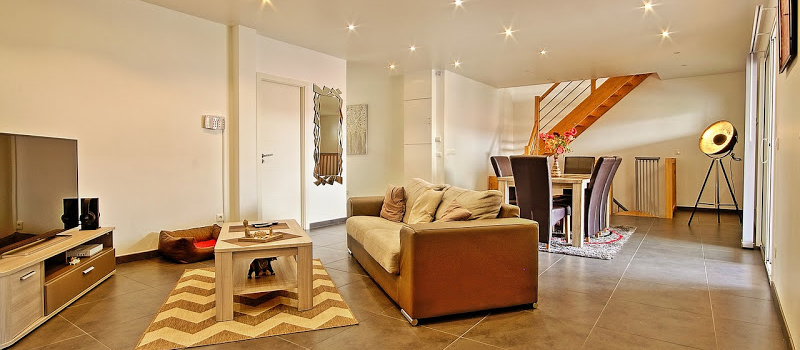Add your personal flair and art to these lessons and you could come up with something memorable and unique. Here are the interior design lessons everybody needs to know.
1. Start with Functional Layout
Interior design must start with the functional layout of the home or room. If you aren’t a professional interior designer and would want some ideas to get you going, the internet is a great resource.
Check out the numerous free online tools and templates for room design and layout. You can even input room dimensions and furniture measurements then look at how different room layout options will turn out. Working in this virtual space saves you the pain of having to rework a poor design in the real world.
What qualifies as a functional layout depends on individual lifestyle and the nature of the household. If you are single or have an empty nest, then investing in plenty of furniture pieces and going elaborate on room décor is fine. For households with small kids, an open unobstructed floor plan would be more practical.
If security is a big issue, you want to see how the alarm system will blend in with the front door or hallway (you can use HomeSecuritySeek to review your home security system options).
2. Go All Out on Seating
The sofa is arguably the most important and prominent piece of furniture in the living room. So if you are going to spend freely on one piece, it should be the sofa. Getting the sofa right isn’t easy though. You have to decide what color, fabric, and size will be the best match for your design theme.
Visit furniture showrooms and browse the web to get ideas and see what style options there are. Before you start shopping for the sofa, measure the space you intend to place it. You don’t want to settle on a seat only to find out it is too small or large for the space. A sofa is a long term investment. Make sure you settle on one that you’ll be pleased to look at and sit on for years to come.
3. Decorative Elements
Most people have little difficulty understanding the need for functional objects in the house. Sofas, dining tables, beds, standing shelves, coffee tables, and floor rugs are there not just because they look good but because they serve a specific function in the home. It’s harder to visualize the role of decorative objects that serve no functional role. Yet, these are important for making a style statement and accentuating the other pieces in the room.
You may not get it right at the beginning but by trial and error, you can identify the decorative objects that will work for you. If you are at a complete loss on what to buy, browse interior design showrooms and magazines and you might just see something you love.
Remember though that the objects in a magazine are positioned thoughtfully and the visual appeal of an item may be because of the elements that surround it. So if you see something that might look great in your home, make sure the design theme you’ve chosen will provide an appropriate context.
4. Incorporate Greenery
Houseplants are often a design afterthought. This is a mistake. If you don’t think about plants from the beginning, then they risk disrupting what was an otherwise coherent design theme.
Plants breathe life into a room. They create freshness and warmth that inanimate objects cannot. You have to choose the right plant—one that blends well with the colors and shapes of the rest of the elements of the room.
These are certainly not all the principles that guide good design but they’ll get you moving in the right direction. Apply these principles while incorporating your personality and preferences to come up with something that leaves a positive impression on visitors.

